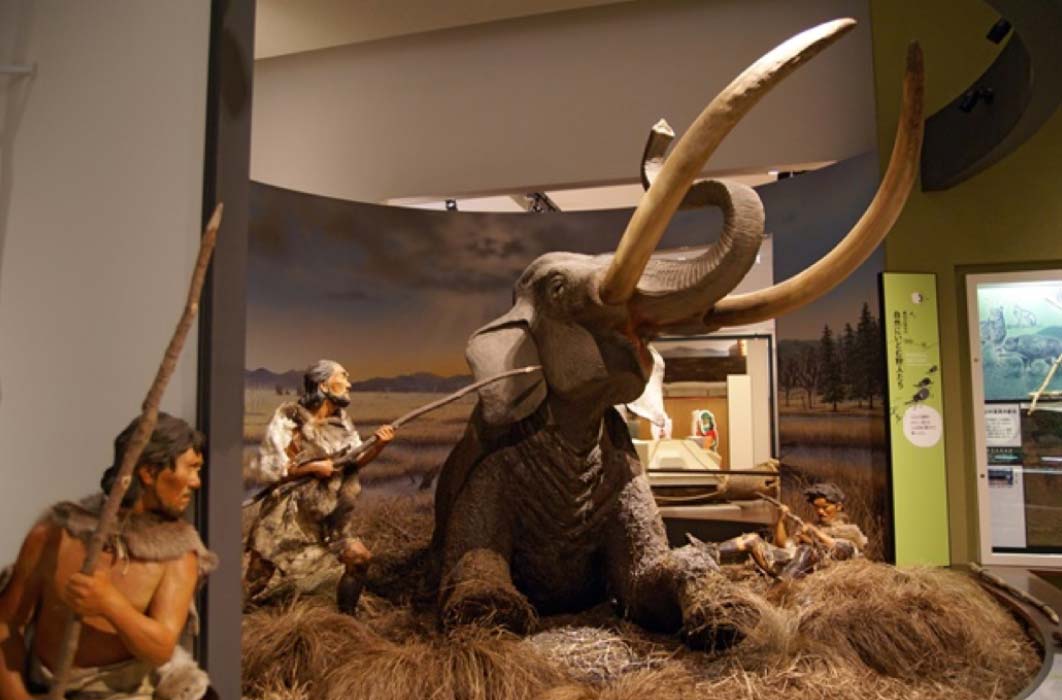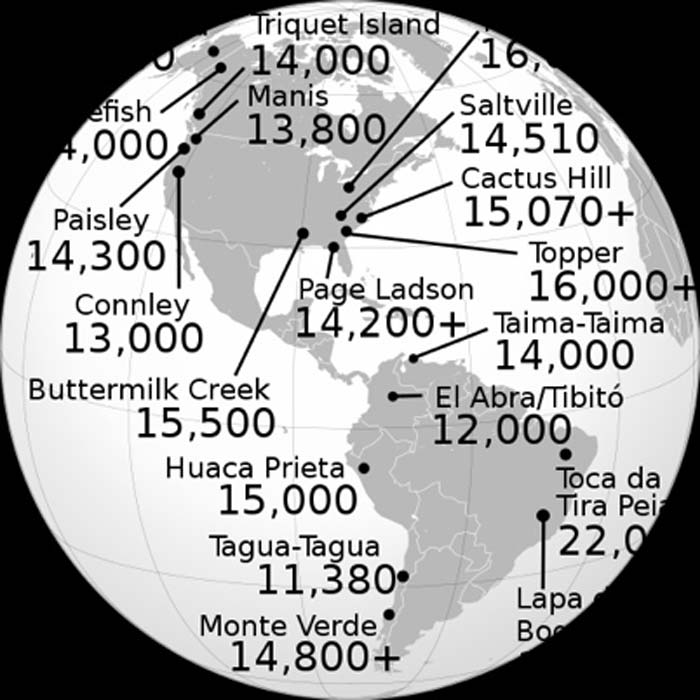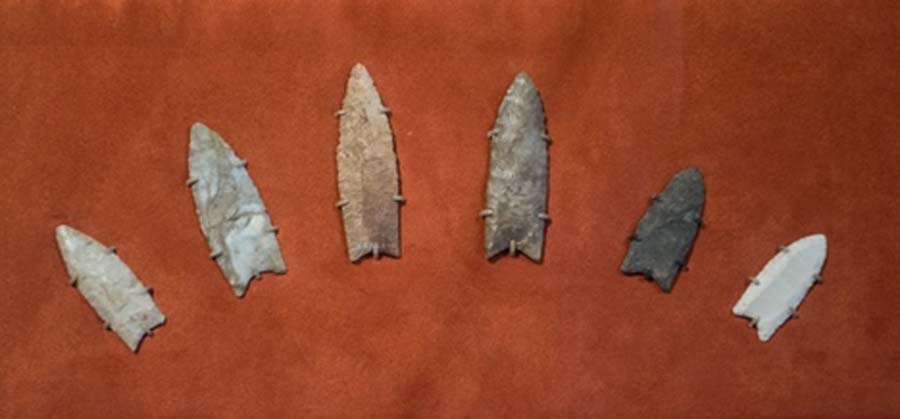
Did the Pre-Clovis Cultures in America Originate from Japan?
One of the most contentious issue in American, if not world archaeology is the validity of the ‘Clovis first’ theory, which is based on the argument that humans first came into America with the opening of a vast ice corridor running from north-west to south-east about 13,000 years ago. While this used to be the mainstream belief, trumping other fringe theories, a complete turnaround has just surfaced and the evidence of pre-Clovis habitation is now irrefutable. But who were these people and where did they come from?

Map of the Americas showing pre-Clovis sites, from the journal Science. (Pratyeka / CC BY-SA 4.0)
Debunking Mainstream Clovis
A human-worked mammoth bone radiocarbon dated to 24,000 years ago has been recovered from Bluefish Caves in Yukon, Canada, and there is hard evidence of human activity at Meadowcroft in North America around 19,000 years ago. However, many archaeologists remain adamant that the earliest ‘reliably’ dated evidence of human habitation in the Americas are 11,500-year-old fluted projectile points found in Clovis, New Mexico; regarded as evidence of small groups of people spreading slowly across North America - the Clovis Culture.
Mainstream dogma had everything pinned down with the Clovis theory until 1997 when evidence of human habitation was unearthed at a coastal site known as Monte Verde in the sub-Antarctic and evergreen softwood forests of mountainous southern Chile. A UNESCO article informs that artifacts predating the earliest known Clovis artifacts by 1,000 years confirm that humans lived beside a small forest stream about 14,800 years ago according to calibrated Carbon 14 testing.

Clovis spearpoints from Clovis, New Mexico on display at the Cleveland Museum of Natural History in Cleveland, Ohio. Dated from 13,500 to 13,000 years ago they were found in (from left to right) Wisconsin, Wisconsin, Wisconsin/Illinois border, Illinois, Ohio, and Georgia. (CC BY-SA 2.0)
Researchers from the Austral University of Chile discovered among ancient homes the remains of wild potatoes and animal bones and six mastodons were also found. Among the lithic tools recovered were egg sized rocks which might have been used in a sling and a spiked extended cylindrical stone that might have been used for drilling.
This is all evidence that the America’s first people arrived by traveling along the Pacific coast and that prior to the Late Upper Paleolithic period, humans inhabited every continent on the planet. It also suggests that the gigantic and impenetrable obstruction known as the Cordilleran Ice Sheet, that has been taught as having blocked entry from Siberia into Alaska for the last century, preventing human migration into the New World, was no obstacle to ancient man.





